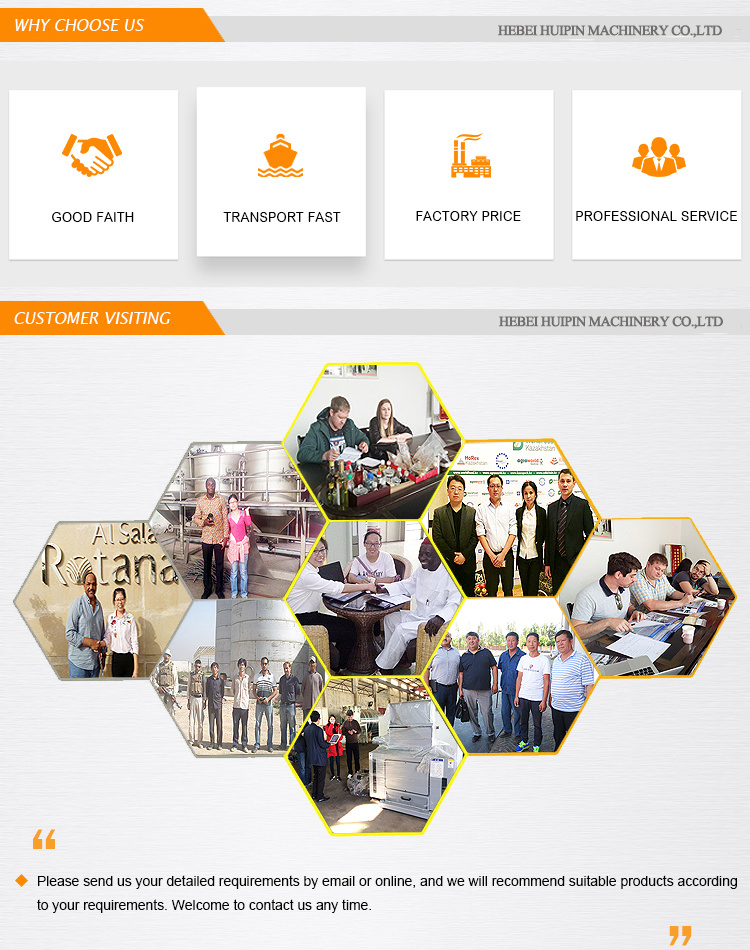Oct . 04, 2024 23:57 Back to list
Edible Oil Processing Line for Efficient Production and Quality Enhancement
Production Line for Edible Oil An Overview
The production of edible oil is a vital industry that caters to the growing global demand for high-quality cooking oils. Various types of oils, such as sunflower, soybean, canola, olive, and palm oil, serve as essential ingredients in both household kitchens and food processing industries. Understanding the production line for edible oil is crucial for manufacturers aiming to deliver quality products while ensuring efficiency and sustainability.
Production Line for Edible Oil An Overview
1. Seed Cleaning The first step in the production line is seed cleaning. Raw seeds, whether they are sunflower, soybean, or palm fruit, often contain impurities such as dust, dirt, and other foreign materials. The cleaning process typically involves various techniques, including air separation, magnetic separation, and screening. The goal is to ensure that only high-quality seeds proceed to the next stage of production, as any impurities can affect the oil's flavor, color, and safety.
edible oil production line product

2. Oil Extraction Once the seeds are cleaned, they undergo oil extraction, which can be achieved through mechanical pressing or solvent extraction. Mechanical pressing involves crushing the seeds to release the oil, utilizing hydraulic presses or screw presses. This method is often preferred for producing high-quality oils, as it preserves the natural aroma and nutrients. On the other hand, solvent extraction uses solvents, typically hexane, to dissolve and extract the oil from the seeds. Although this method is highly efficient and commonly used for larger-scale production, it may introduce chemical residues in the final product if not properly refined.
3. Refining After extraction, the crude oil must be refined to remove impurities, free fatty acids, and other undesirable components. The refining process generally includes degumming, neutralization, bleaching, and deodorization. Degumming removes phospholipids and other gums that can impact oil stability. Neutralization eliminates free fatty acids, which can affect flavor and shelf life. Bleaching removes color pigments and additional impurities, while deodorization involves removing volatile compounds that contribute to undesirable odors. The refining process is crucial for ensuring that the edible oil meets regulatory standards and consumer expectations.
4. Packaging Finally, once the oil is refined, it is ready for packaging. Packaging plays a significant role in maintaining the oil's quality and extending its shelf life. It is essential to use materials that protect against light, air, and moisture, as these factors can cause rancidity. Depending on the market, edible oil may be packaged in various container types, such as bottles, tins, or bulk drums.
In conclusion, the production line for edible oil is a complex yet organized process that transforms raw seeds into widely-used cooking oils. By adhering to high standards at each stage of production—cleaning, extraction, refining, and packaging—manufacturers can ensure they provide high-quality, safe, and nutritious oils to consumers. As the demand for edible oils continues to grow, efficiency and sustainability within production lines will remain key areas of focus for industry stakeholders.
-
High-Efficiency Peanut Oil Refined Machine for Quality Oil Production Leading Exporters & Companies
NewsJul.08,2025
-
High Efficiency Sunflower Seed Oil Press – Leading Cooking Oil Press Machine Factories & Suppliers
NewsJul.08,2025
-
High-Efficiency Soybean Oil Press Machine – Leading Exporters & Reliable Companies
NewsJul.07,2025
-
High-Efficiency Seed to Oil Extractor – Reliable Extraction Machinery for Your Business
NewsJul.07,2025
-
High-Quality Pressing Screw of Oil Expeller for Efficient Oil Extraction Leading Exporters & Manufacturers
NewsJul.06,2025
-
High-Efficiency Essential Oil Extraction Machine Trusted Exporters & Companies
NewsJul.06,2025
